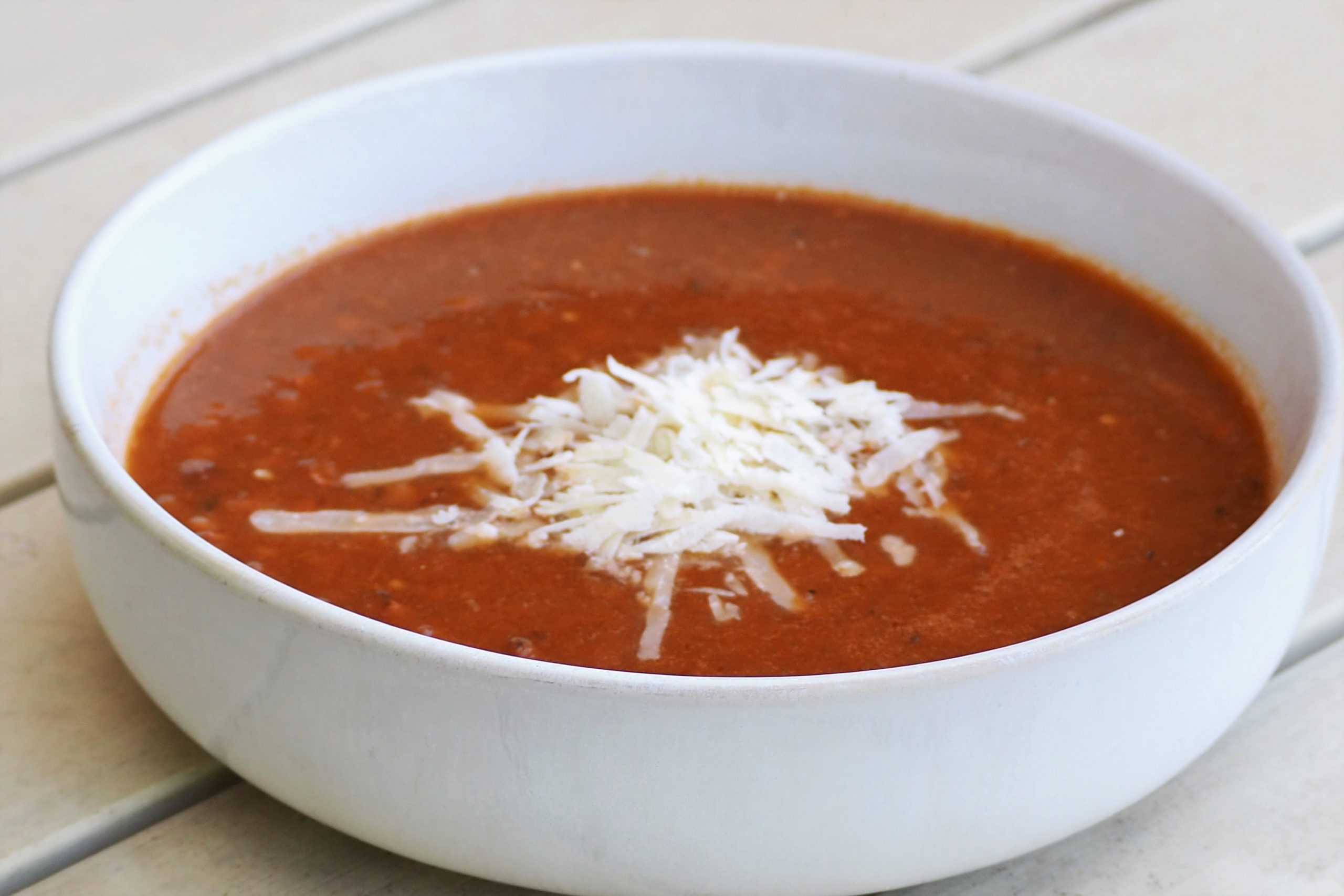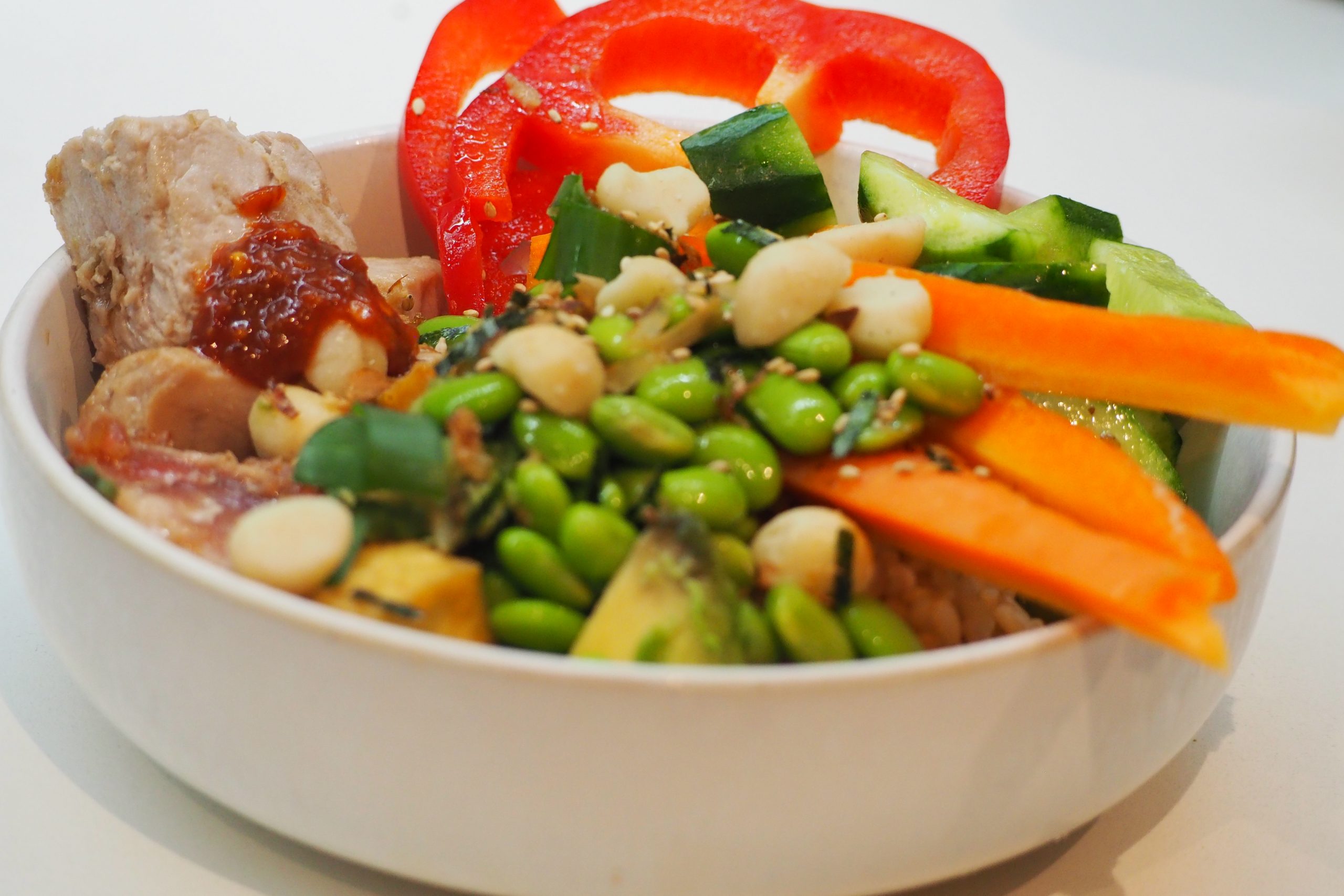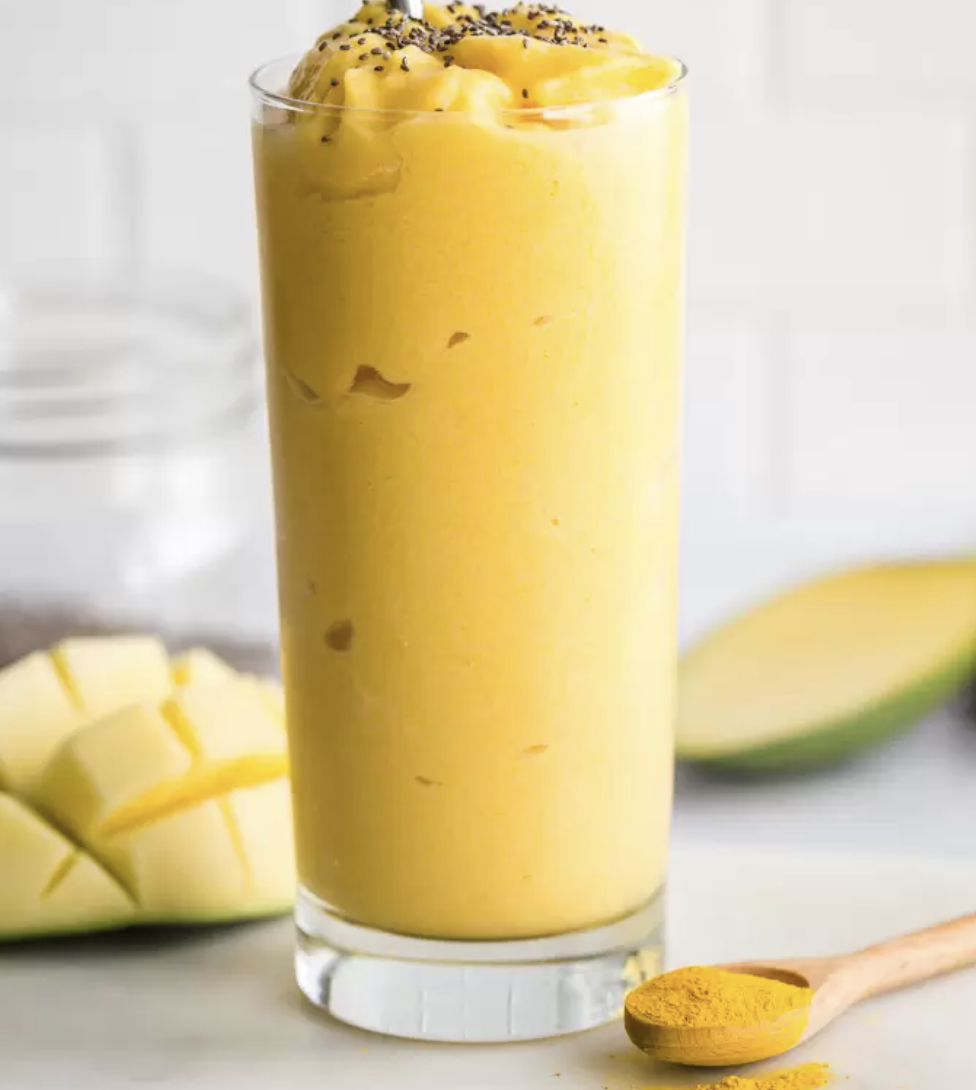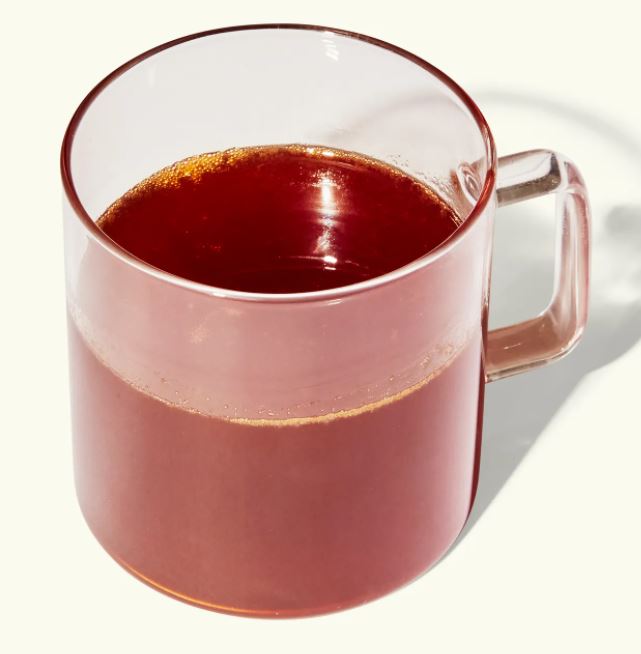COVID-19 has upended all our lives. And while no-one knows how long social distancing rules will last, they are forcing us to spend more time at home, and around our dinner tables.
With everyone at home, never has there been a better time to invest time into the way your household shops, cooks and eats. Dusting off old cookbooks (or going online), donning an apron with your partner and the kids, trying new dishes and making the best of fresh or stored produce that you have on hand can all ways to stave off the isolation blues.
But how can you enjoy mealtimes, stay healthy and boost your immune system all at the same time?
Jane Freeman, a specialist Dietitian (APD), shares her tips on eating well at home to try to help your household stay on top of COVID-19
- Plan the meals
- Try to visualise what you are going to eat for breakfast, lunch and dinner meals for the next five days. What does the family enjoy? What will save you time, but can still be tweaked to be nutritious? Is there a new recipe you could try? And can you charge the kids or your partner with cooking a meal or the meal prep tasks? Kitchens are super classrooms, and given sport is off, you can use this forced downtime to teach (and learn) another life skill.
- Consider downloading an online meal planner. The best place to start is to allocate the main meal protein bases for the week. For example, you might do chicken one day, and lamb, beef, pork, turkey or fish the next. To save costs, keep the protein serves to around 100-150g per person. Where you can, mix in cheaper high proteins like canned lentils, chickpeas or kidney beans, all of which go well in bolognaise, lasagnas, stews and curries.
- Bridge your recipes across a few meals. Try a chilli-bean nachos on Monday and then a bolognaise on Friday. Or roast a couple of free-range chickens on a Tuesday, then use leftovers for a lunchtime meal like Vietnamese chicken pancakes on Thursday.
- Also tweak meals and recipes so that they emphasise the ingredients that will boost your health and immune system.
For example:

- Omega 3-rich fishes. For these, try fresh or frozen tuna or salmon fish fillets, tinned tuna or salmon, mackerel or sardines, or smoked trout or salmon, which can be used to make an easy pasta if mixed with a light Philadelphia cream cheese.
- Green leafy vegetables. Use fresh or frozen broccoli, kale, spinach, beans or Chinese green vegetables (great in stir fries). Also grab some pre-made salad bags, which are easy for lunch.
- Fibre-rich wholegrains like soy and linseed breads, whole oats, no added sugar muesli with nuts or higher fibre breakfast cereals, brown rice (try the sachets), quinoa, pasta or noodles. All will help your gut to fight that bit harder, given (the gut is the largest part of the immune system).
- More cruciferous vegetables and fermented foods to get your good gut bacterias working harder. Options can include fresh or frozen cauliflower, brussel sprouts, fennel, leeks, cabbage (try some coleslaw), pickles, sauerkraut and legumes (canned or dried chickpeas, kidney beans, four bean mixes or lentils).
- Good quality building-block proteins that enable the immune system to generate new cells, tissues and antibodies. Options include eggs, lean meats, chicken, fish, pork, turkey, legumes (chickpeas, kidney beans, lentils etc), tofu, textured vegetable proteins, and other seafoods (maybe even treat yourself one night with some oysters for a selenium and zinc hit). Protein foods should also include some low-fat dairy foods like milk, yoghurts (fermented) and cheese like feta or halloumi.
- Mighty mushrooms for a B12 and selenium hit. Add them to family favourites like beef stroganoff, stir-frys or simple alongside some eggs.
- Vitamin C-boosting foods like fruit and vegetables. Now is the time to make sure you manage at least five serves of vegetables and two serves of fruits every day.
- A vegetable serve is 1/2 a cup of a cooked vegetable like broccoli, carrots or peas or 1 cup of a salad vegetable like lettuce, cucumber or tomatoes.
- A fruit serve is a whole orange or kiwi fruit, or two pieces of stone fruit like nectarines, apricots or peaches. In addition to fresh fruit, keep on hand canned fruits, tinned tomatoes (plus pasta sauces) and keep a stash of frozen fruits, which are great if added to smoothies or homemade cakes or puddings (I sometime buy packet puddings and then just mix in bananas, berries or stewed apples).
- Nuts and seeds will load you up with lots of healthy fats, along with vitamins E. Grab a hand of nuts like brazil nuts, almonds as a snack or sprinkle linseeds or chia seeds on to your breakfast cereal or into cakes. Also try a quality peanut butter on a Ryvita or crumpet.
- For these, a soothing cup of tea is one of the best sources, and hot drinks are thought to help reduce the risk of COVID-19 from taking hold, so also include other teas like green and chai.
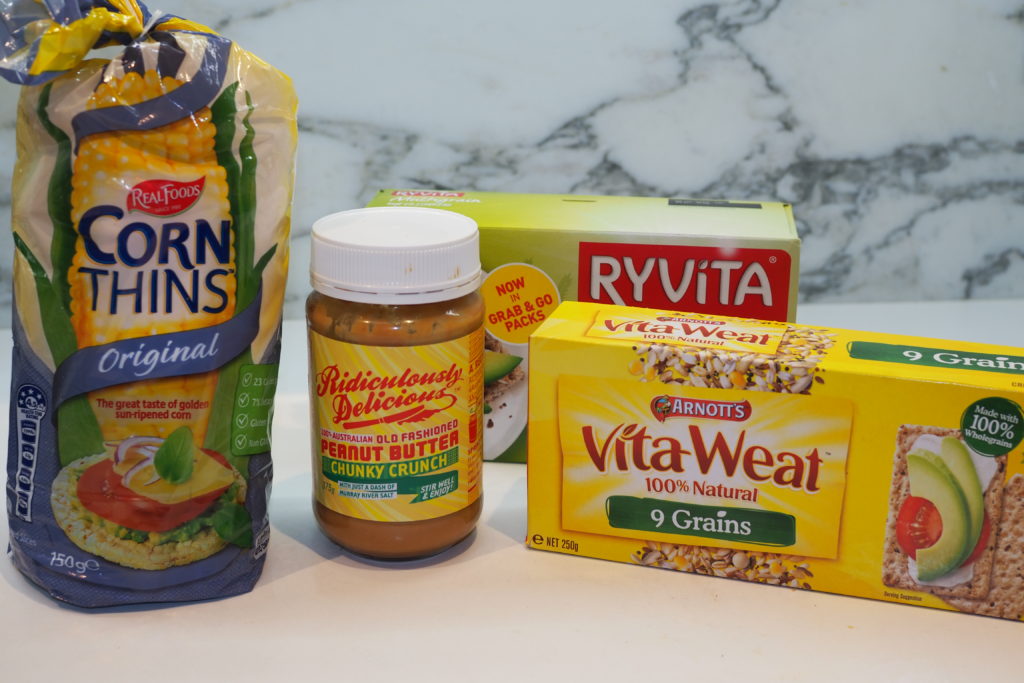
- Do a stocktake of what ingredients you already have on hand (especially if you have been stock-piling) and then make a list of what you need and stick to it.
While this does take a bit of time, planning your meals saves extra trips to the supermarket. While important to try to stick to the list, it is, of course, okay to substitute in alternates if what you need is out of stock or you want to substitute in a better value or more nutritious alternative.
- Share the meal prep load among your household.
For some, it may start to feel like you’re running a restaurant with the extra meals you are churning out. Avoid this by working out a meal prep job and a kitchen clean roster. Also, try to do more of the prep upfront. A bulk chop of the onions, garlic, ginger or other vegetable needed will save time. Or get the protein bases ready in advance by slicing or marinating as your recipe requires.
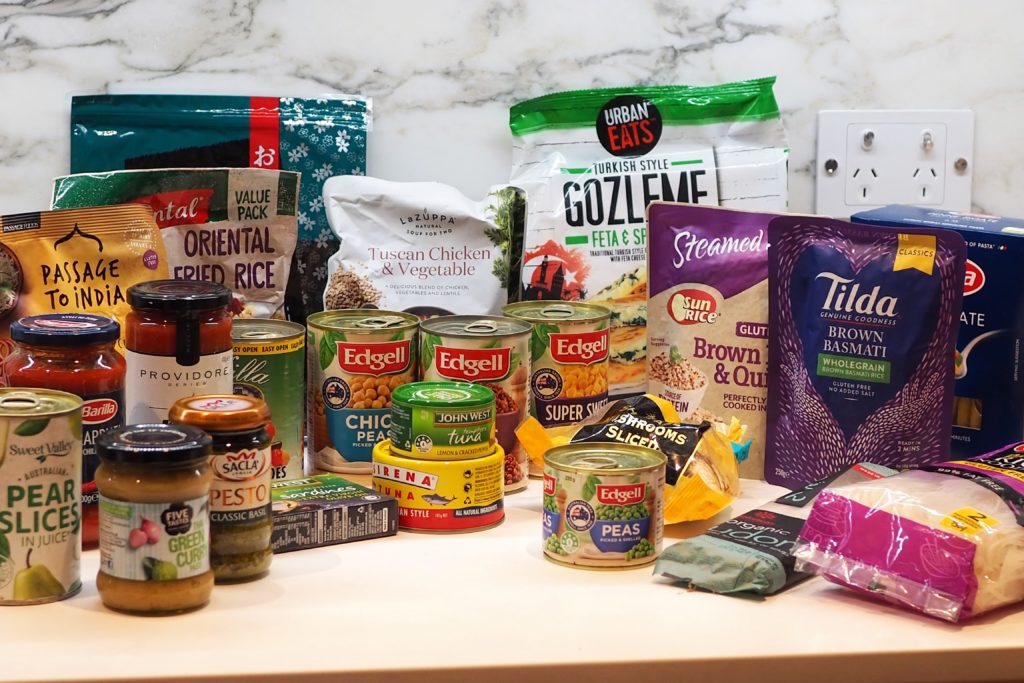
- While we are not going to run out of food supplies in this country, it is still worth having a few long-life pantry options handy.
Suggestions include a few extra tins of fish, some smoked salmon, legumes, tomato pasta, pesto and pre-made curry sauces, and whole grain rice and pasta or try quinoa, couscous and rice noodles. Whole grain pita bread, Ry-vitas or Vita-Wheat crispbreads also make great bread substitutes. And again it’s worth buying a variety of frozen fruits and vegetables like peas, cauliflower or spinach if you have the freezer space.
- Support your local cafes or restaurants who are doing it tough, if you’re in a position to.
Pick up some healthier take-outs like moussakas, lasagnes, fresh curries, cooked chickens, sushi or vegetable loaded stir-fries.
- Reach out to elderly neighbours, people who are living alone and the charities supporting those who need extra help.
Drop-in a meal to someone you know who is struggling or living alone. Many charities are looking for extra support at the moment. One of these is the Asylum Seeker Centre in Newtown, who desperately need canned vegetables, pulses, tomato sauces and other long life packaged foods. They’re not alone. If you can, help others in need as much as you are able to.
- Bake Grandma’s cookies, let Dad make his pasta meal and enjoy your teenage daughter’s acai bowls.
Now is a time to celebrate all efforts and imprint good kitchen experiences — and memories. Dad (or Mum!) may not be a Cordon Bleu chef but can put together a super carbonara (with added vegetables in it, of course). Grandma may be able to bake the Afghan biscuits or drop in the homemade relish. Your teens or suddenly homeless young adults might share ideas from those cafe Instagram posts and make super healthy acai bowls. A teenage boy could cook burgers with salad, or a tween, a decent dish of scrambled eggs. Whatever your house comes up with, celebrate and enjoy. And hopefully find in your expanding mealtimes a silver lining to our all of our suddenly shrinking worlds.

